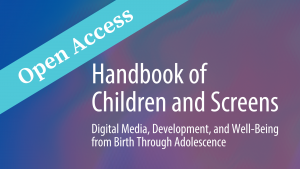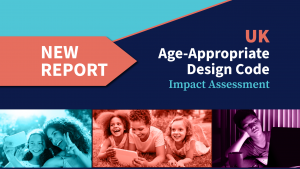Children and Screens: Institute of Digital Media and Child Development applauds the actions announced today by the Biden-Harris Administration to protect the mental health, safety, and privacy of our nation’s youth online.
“Everyone, regardless of party affiliation, understands we need to put safeguards in place to protect our youth,” said Kris Perry, Executive Director. “We are pleased to see policymakers across the country and at all levels taking critical steps forward to reduce the mental health harms associated with technology and digital media.”
The actions previewed by the announcement include the creation of an interagency, interdisciplinary Task Force to identify current and emerging risks of harm to minors associated with online platforms, as well as potential health benefits of using these platforms. The Task Force will recommend measures and methods for assessing, preventing, and mitigating such harms; develop a research agenda regarding online harms and health benefits to minors; and recommend best practices and technical standards for transparency reports and audits related to online harms to the privacy, health, and safety on children and teenagers. Children and Screens commends the incorporation of diverse expert and stakeholder inputs for the Task Force, as we believe that ongoing, interdisciplinary dialogue is essential to grasping a holistic understanding of technology and digital media’s impacts in the lives of youth.
The Biden-Harris announcement builds on the U.S. Surgeon General’s Advisory on Social Media and Youth Mental Health also released today. Surgeon general advisories are reserved for critical public health issues and this release highlights a growing recognition of the significant impacts of social media use on youth mental health and the need for an evidence-based, safety-first approach moving forward. The advisory outlines steps to mitigate the risk of harm from social media to children and adolescents, including discrete recommendations for researchers, policymakers, technology companies, parents and caregivers, as well as children and adolescents themselves.


